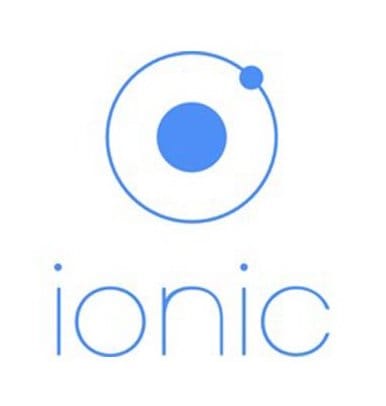
In this tutorial, we will show you how to install Ionic Framework on Debian 10. For those of you who didn’t know, Ionic is an open-source framework that can be used for developing hybrid mobile apps using Web technologies like CSS, HTML5, and Sass. The Ionic CLI is the preferred method of installation, as it offers a wide range of dev tools and helps options along the way. It is also the main tool through which to run the app and connect it to other services, such as App flow.
This article assumes you have at least basic knowledge of Linux, know how to use the shell, and most importantly, you host your site on your own VPS. The installation is quite simple and assumes you are running in the root account, if not you may need to add ‘sudo‘ to the commands to get root privileges. I will show you the step-by-step installation of the Ionic Framework on a Debian 10 (Buster).
Prerequisites
- A server running one of the following operating systems: Debian 10 (Buster).
- It’s recommended that you use a fresh OS install to prevent any potential issues.
- A
non-root sudo useror access to theroot user. We recommend acting as anon-root sudo user, however, as you can harm your system if you’re not careful when acting as the root.
Install Ionic Framework on Debian 10 Buster
Step 1. Before running the tutorial below, it’s important to make sure your system is up to date by running the following apt commands in the terminal:
sudo apt update
Step 2. Installing Node.js.
You must have Node.js installed on your system. Use the following commands to install NPM and Node.js:
sudo apt-get install python-software-properties curl -sL https://deb.nodesource.com/setup_10.x | sudo -E bash - sudo apt install nodejs
Step 3. Installing Cordova.
To install Cordova on our server globally use the following npm command. It will install all other required node modules on your system:
sudo npm install -g cordova
Step 4. Installing Ionic Framework on Debian 10.
Ionic comes with a convenient command-line utility to start, build, and package Ionic apps. You can install it by just running the following command:
sudo npm install -g ionic
After completing the installation of the Ionic Framework, verify the version of the Ionic Framework using the following command below:
ionic -v
Step 5. Create an Application with Ionic.
Now we create a new Cordova project on your computer using the following command:
ionic start HelloWorld blank
After that, change the directory to HelloWorld and list the contents:
cd HelloWorld
Next, enable the Android platform and build the project for Android with the following command:
ionic platform add android ionic cordova build android ionic cordova emulate android
Congratulations! You have successfully installed Ionic. Thanks for using this tutorial for installing the latest version of the Ionic Framework on the Debian system. For additional help or useful information, we recommend you check the official Ionic website.